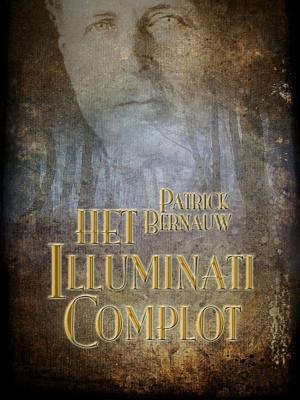| Author: | K.D. Langston | ISBN: | 9781311196453 |
| Publisher: | K.D. Langston | Publication: | May 8, 2015 |
| Imprint: | Smashwords Edition | Language: | English |
| Author: | K.D. Langston |
| ISBN: | 9781311196453 |
| Publisher: | K.D. Langston |
| Publication: | May 8, 2015 |
| Imprint: | Smashwords Edition |
| Language: | English |
Singer for the Great Serpent combines speculative, historical fiction and para-fantasy--written from the perspective of a Native American teenager coming of age during the War of 1812 who is torn between cultures and surrounded by violence.
Long before the wild west of popular legend, the U.S. frontier lay east of the Mississippi. It was a field of contention for dozens of nations stretching from the Alachuan prairie of Florida, where the first cowboys rode into the sunset, through the pine barrens of the southeast, a continual battlefield, and along the Gulf of Mexico, where seaports changed hands as frequently as the numerous prostitutes working there.
Seen as a critical part of the hemisphere, with an extraordinary potential for resource exploitation and economic development, many gave all they had to earn or maintain a stake in the region. Several nations had been there for generations, arriving long before any other humans. They had the most to lose.
The Creek Nation had formed from the remnants of several like groups of native people late in the seventeenth century. The horrors of that time destroyed many other nations, mostly through the work of old world diseases aided by their henchmen, greed and slaving. Surviving, having adjusted to the challenges, the Creeks grew in power and influence. But what they had endured over the previous century was only the beginning.
By the late eighteenth century, land was the main commodity in play. The Creeks possessed much valuable farm country, mainly coveted for cotton growing, which they had begun to do themselves. This story begins at a time when powerful and acquisitive enemies surround the Creeks, and divided as they were over solutions to their problems, the Creeks were quickly becoming their own foes.
Sandy Weatherford, a Creek boy living in this tumultuous time, looked at the world and saw one filled with dangers for his people. The solutions seemed even more difficult. With numerous potential enemies and allies, Sandy needed to negotiate a place in his own society find a way to help his people survive, and he hoped, to thrive for generations. He was pulled in numerous directions: by his soldier uncle, his Scottish father, American missionaries, his traditional mother, and his shaman grandfather.
He came to believe the most useful tool was belief in the Creeks' powerful god, the Great Serpent. The elusive creature was believed to be an avatar of the Sun, the principle Creek god considered the creator of the world and humans. The Serpent could visit earth, however, unlike the sun, and defeat the Creeks' enemies if it chose to do so. The challenge for Sandy was in how to compel the Serpent to do just that.
Singer for the Great Serpent combines speculative, historical fiction and para-fantasy--written from the perspective of a Native American teenager coming of age during the War of 1812 who is torn between cultures and surrounded by violence.
Long before the wild west of popular legend, the U.S. frontier lay east of the Mississippi. It was a field of contention for dozens of nations stretching from the Alachuan prairie of Florida, where the first cowboys rode into the sunset, through the pine barrens of the southeast, a continual battlefield, and along the Gulf of Mexico, where seaports changed hands as frequently as the numerous prostitutes working there.
Seen as a critical part of the hemisphere, with an extraordinary potential for resource exploitation and economic development, many gave all they had to earn or maintain a stake in the region. Several nations had been there for generations, arriving long before any other humans. They had the most to lose.
The Creek Nation had formed from the remnants of several like groups of native people late in the seventeenth century. The horrors of that time destroyed many other nations, mostly through the work of old world diseases aided by their henchmen, greed and slaving. Surviving, having adjusted to the challenges, the Creeks grew in power and influence. But what they had endured over the previous century was only the beginning.
By the late eighteenth century, land was the main commodity in play. The Creeks possessed much valuable farm country, mainly coveted for cotton growing, which they had begun to do themselves. This story begins at a time when powerful and acquisitive enemies surround the Creeks, and divided as they were over solutions to their problems, the Creeks were quickly becoming their own foes.
Sandy Weatherford, a Creek boy living in this tumultuous time, looked at the world and saw one filled with dangers for his people. The solutions seemed even more difficult. With numerous potential enemies and allies, Sandy needed to negotiate a place in his own society find a way to help his people survive, and he hoped, to thrive for generations. He was pulled in numerous directions: by his soldier uncle, his Scottish father, American missionaries, his traditional mother, and his shaman grandfather.
He came to believe the most useful tool was belief in the Creeks' powerful god, the Great Serpent. The elusive creature was believed to be an avatar of the Sun, the principle Creek god considered the creator of the world and humans. The Serpent could visit earth, however, unlike the sun, and defeat the Creeks' enemies if it chose to do so. The challenge for Sandy was in how to compel the Serpent to do just that.















